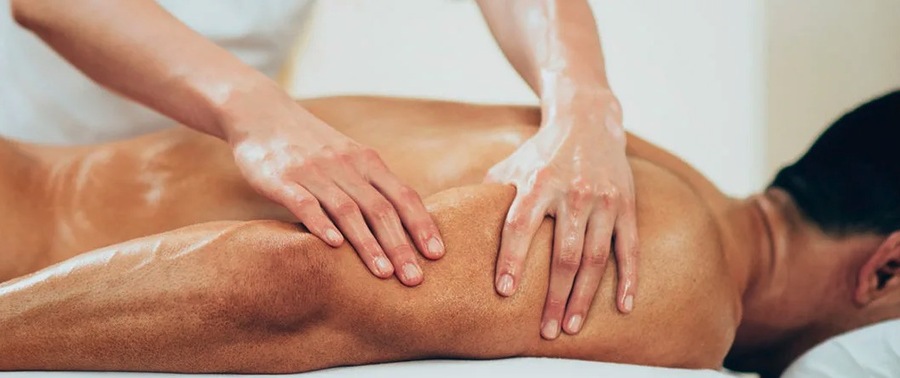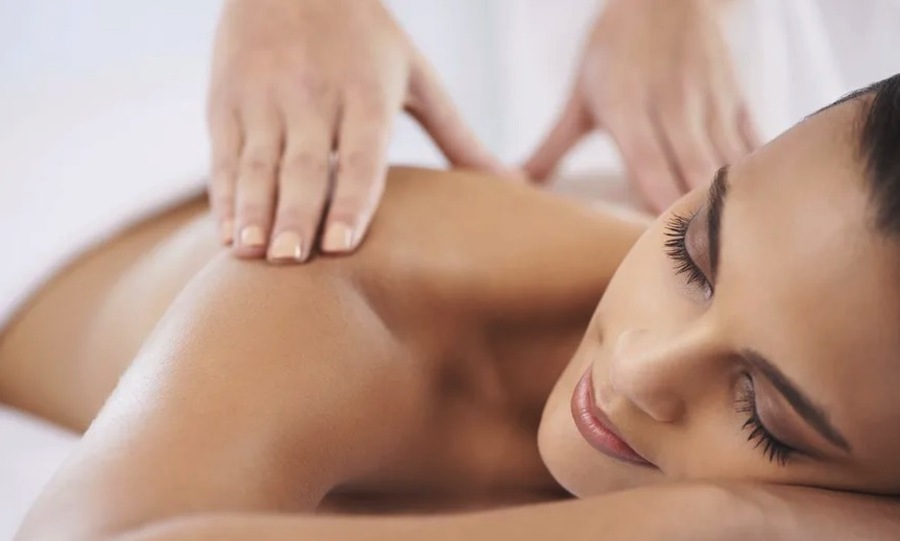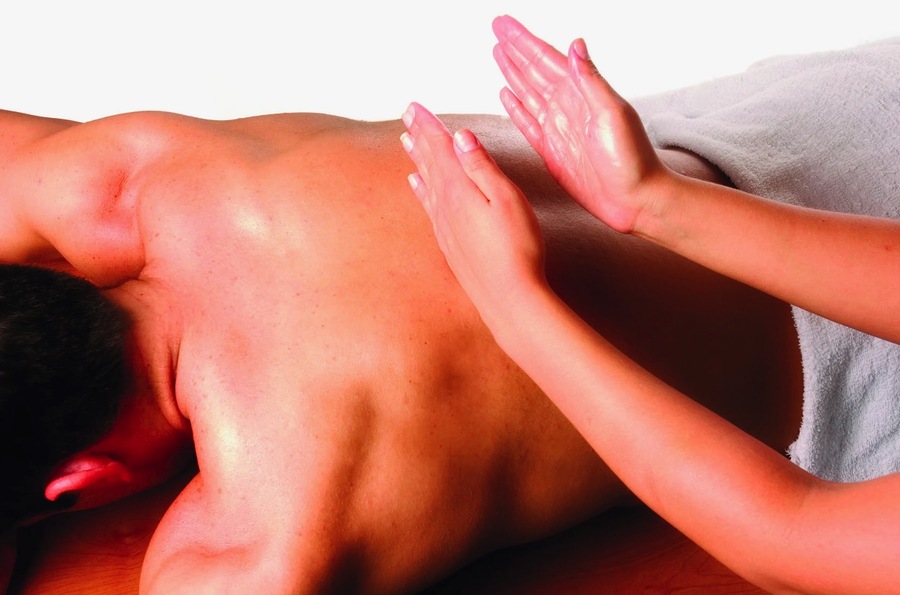Sports massage is a specialty type of massage treatment specifically designed to address the demands of fitness enthusiasts and athletes. In contrast to conventional relaxation massage, sports massage concentrates on avoiding and treating muscle and tendon injuries. Anyone who regularly exercises may benefit greatly since it improves performance and helps athletes stay in the game longer by reducing the risk of injury. Sports massage originated in ancient Greece and Roman practice, which employed it to prepare athletes for the physically demanding tasks of the Olympic Games.
The Science Behind Muscle Recovery
Sports massage’s significant influence on muscular rehabilitation is among its main advantages. Delay in onset muscle soreness (DOMS) is a type of pain and inflammation brought on by small rips in the muscle fibers caused by intense activity. Sports massage enhances blood flow to the afflicted areas, which helps reduce these sensations. Improved circulation facilitates the delivery of oxygen and nutrients to the muscles, expediting the recuperation process and eliminating metabolic waste products such as lactic acid.
Studies have demonstrated that sports massage improves muscular function following exercise and considerably lessens muscle discomfort. For example, sports massage after intense activity considerably lowers the level of soreness and enhances muscle recovery by 20–40%, according to research published in the Journal of Sports Sciences.
Boosting Athletic Performance
Frequent sports massage treatments can result in notable performance gains. Massage helps athletes create more efficient movement patterns, which can lead to improved performance by improving range of motion and flexibility. Furthermore, the psychological advantages are indisputable; massage lowers stress hormones like cortisol and raises dopamine, serotonin, and endorphin levels, which boost mood and mental clarity during contests.
Prominent sportsmen from various sports attribute part of their preparation to getting frequent sports massages. LeBron James, a well-known professional basketball player, has talked candidly about the importance of massage to his game and recovery plan.

Prevention of Injuries
Possibly the most important advantage of sports massage is its ability to avoid injuries. It aids in locating any bodily parts that are vulnerable to damage. Frequent sessions enable the therapist to concentrate on certain areas, guaranteeing that injury risks are treated before they become a major problem. Sports massage can dramatically reduce the likelihood of injuries frequently afflicting athletes, such as strains, sprains, and muscular tears, by increasing flexibility and lowering muscle tension.
According to a meta-analysis published in the Scandinavian Journal of Medicine & Science in Sports, sports massage can cut the chance of sports-related injuries by twenty-five percent. By avoiding the downtime that injuries cause, it emphasizes the proactive role massage plays in helping athletes stick to a regular training plan.
Types of Sports Massage
Maximizing the advantages of sports massages requires knowledge of the various forms and how to apply them properly.
Pre-event massage: Pre-event massage aims to activate the muscles, prepare them for vigorous exercise, and avoid damage.
Post-event massage: Post-event massage aims to aid recovery by easing the muscular spasms and metabolic accumulation caused by vigorous exertion.
Maintenance massage: Regular maintenance massages are given to athletes to enable them to work harder and more consistently throughout their training.
It’s important to time every kind of massage. For instance, to help with soft tissue recovery, pre-event massages are best given 15 to 45 minutes before the event, and post-event massages should be given as soon as feasible.
Massage Techniques and Their Impact
Athletes have special demands. Thus, sports massage combines a range of modalities, each with distinct advantages and goals. Therapists and athletes must comprehend these strategies to guarantee optimal therapy outcomes, improve sports performance, expedite healing, and avert accidents. Here’s a deeper look at some of the essential sports massage techniques:
- Effleurage (Light Stroking)
In sports massage, éffleurage is one of the most basic and often applied methods. It applies varied pressure in lengthy, sweeping strokes across the skin, usually starting lightly and building to a stronger point. Warming up the muscular tissues is the main goal of effleurage. By increasing blood circulation, this approach aids in the elimination of toxins and metabolic waste while also improving the delivery of oxygen and nutrients to the muscles.
Advantages:
- It improves blood flow and gets muscles ready for more intense massage methods.
- It eases stress and encourages relaxation, which is very helpful for calming anxious clients before an event.
- Aids in reducing edema and lymphatic drainage.
- Petrissage (Kneading)
Petrissage is applying pressure to the muscles by rolling, kneading, or squeezing them; usually, one or both hands are used. In contrast to effleurage, petrissage manipulates and moves the muscular tissues and fascia that divide and enclose muscles by focusing on deeper tissues.
Advantages:
- The connective tissues and muscles dissolve adhesions, or knots and tight spots.
- Increases lymphatic and venous flow, which aids in the elimination of waste.
- Increases muscular flexibility and tone, boosting output and lowering the chance of injury.
- Deep Tissue Techniques
Deep tissue techniques massage the deep and superficial layers of muscles, fascia, and other tissues. The strokes are usually slower to relieve chronic muscular tension, and the pressure is applied more forcefully. This method frequently concentrates on particular regions that have contractures or persistent discomfort.
Advantages:
- It improves blood flow to deeper muscular levels, reducing chronic pain.
- Aids in the eventual breakdown and removal of muscle scar tissue.
- Reduces muscular stiffness and tension, which enhances muscle function and range of motion.
- Trigger Point Therapy
Trigger point treatment focuses on muscle knots or spots inside a muscle where constricted fibers are impossible to release. Patients frequently feel tight patches or nodules in the muscles that transmit discomfort elsewhere. The therapist can lessen the pain and spasm cycle by directly pressing these spots.
Advantages:
- Reduces “referred” pain, which is localized and may spread to other body areas.
- It breaks up the areas of extreme muscle tension to restore normal function.
- It may greatly enhance muscular coordination and lower the discomfort in the surrounding tissues.
Application and Effectiveness
The technique selected and how it is applied mostly rely on the individual demands of the athlete, the sport they play, and the time of day (i.e., before, during, or after the event). For instance, effleurage and petrissage for the legs may be more beneficial for enhancing venous return in long-distance runners. Still, trigger point treatment and deeper tissue methods may be necessary for weightlifters to address deep-seated muscle knots and tissue adhesions.
Effectively implementing these strategies improves athletes’ physical performance while promoting their general health, preventing injuries, and extending their sports careers. To get the most out of sports massage, each method must be used correctly and according to the demands and conditions of the individual athlete.

Integrating Sports Massage into Training Regimens
Sports massage should be strategically incorporated into an athlete’s training program, well thought out, and customized to meet each individual’s unique demands and goals. To maximize performance and minimize injuries, this integration entails more than just setting up routine massage appointments. It also entails learning about the athlete’s training regimen and physical and recovery requirements. Athletes can include sports massage in their training programs in the following systematic ways:
Initial Consultation and Evaluation
Speaking with a licensed sports massage therapist is the first step in incorporating sports massage. This first meeting is important for several reasons:
Setting Objectives: The therapist will discuss and comprehend the athlete’s short—and long-term performance objectives, current physical state, and any particular problems or ailments they face.
Health and Medical History: The therapist can customize the massage methods by carefully reviewing the athlete’s medical history, including any surgeries, prior injuries, and current health issues.
Physical Evaluation: The therapist may assess the athlete’s posture, range of motion, flexibility, and any particular muscular imbalances or tense spots.
Based on this thorough examination, the therapist will create a customized sports massage program that fits the athlete’s training and competition schedule.
Sports Massage Scheduling: The efficiency of massage treatments can be greatly impacted by the scheduling of the appointments. These typical times are taken into account when scheduling sports massages:
Pre-Event Massage: This massage is scheduled just before a competition, designed to stimulate muscles and improve circulation. It is often lighter and shorter to prevent deep muscular effort that might lead to exhaustion.
Post-Event Massage: Intended to support the body’s healing after strenuous activity. The goals of this massage are to improve lymphatic drainage and release tense muscles to aid in the removal of toxins.
Maintenance Massage: Scheduling regular massages throughout training contributes to preserving muscular health, range of motion, and flexibility. They also treat minor injuries or muscle imbalances to prevent more significant problems from developing.
Frequency: Sports massage frequency is determined by several variables, such as the level of intensity of the training regimen, the stage of the training cycle (pre-competition vs off-season), and the recovery requirements of each person. Weekly sessions are usually beneficial for athletes during periods of intense training. Periodic biweekly or monthly meetings may be adequate during less severe times.
Combination with Additional Recovery Methods
Sports massage is but one part of an all-encompassing healing plan. Athletes with various forms of healing should use sports massage:
Active Recovery: Mild activity that promotes blood flow and facilitates the healing of muscles.
Nutritional Support: A balanced diet and adequate water are crucial for general health and muscle recovery.
Sleep and Rest: The body’s natural healing processes depend on getting enough sleep.
Physical Therapies: Physical therapies include stretching exercises, hydrotherapy, and physiotherapy.
Observation and Modifications
Sports massage advantages must be continuously monitored and adjusted to be fully realized.
Feedback Loop: Athletes should frequently inform their massage therapist about how their bodies react to treatments. This input may improve the emphasis regions, pressure, and massage techniques.
Modifications Based on Training Load: Throughout the season, when training intensity or emphasis shifts, massage techniques may also need to adapt to meet the athlete’s body’s changing needs.
Evaluation of Effectiveness: When the effectiveness of sports massage is routinely evaluated to improve performance and prevent injuries, educated modifications to the regimen are helpful.
Conclusion
Sports massage is not only a means of unwinding. It’s a must for improving performance, accelerating recovery, and avoiding injury in any serious athlete’s program. By comprehending and using this effective therapy, athletes may dramatically increase the length of their sports careers and physical capabilities.
Athletes interested in sports massage should speak with a specialist to learn more about how the therapy may be customized to meet their unique needs. Sports massage may be the secret to reaching your athletic objectives and improving your performance, regardless of your experience level.

Football fan, father of 3, fender owner, vintage furniture lover and New School grad. Making at the crossroads of art and function to create strong, lasting and remarkable design. Let’s make every day A RAZZLE-DAZZLE MUSICAL.
